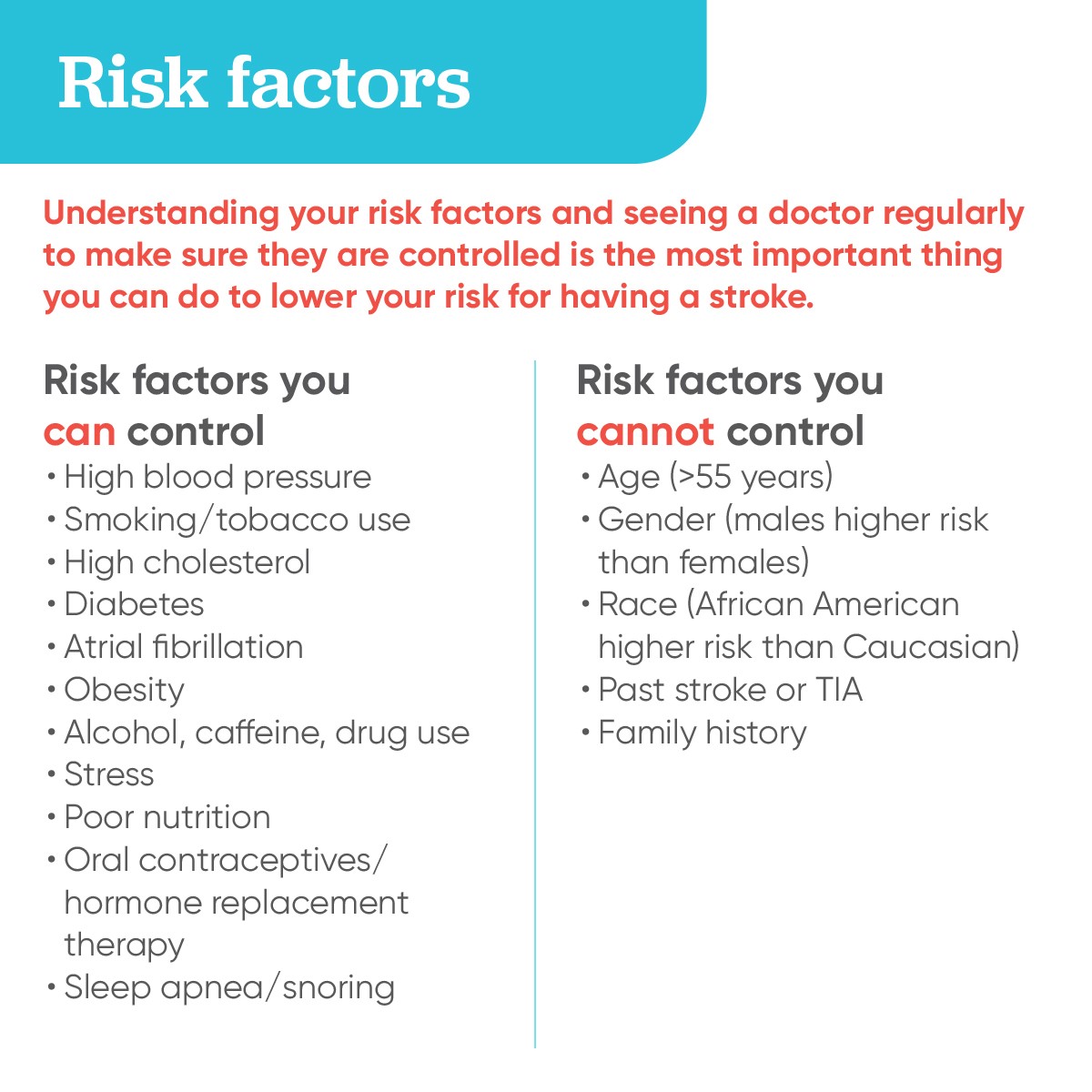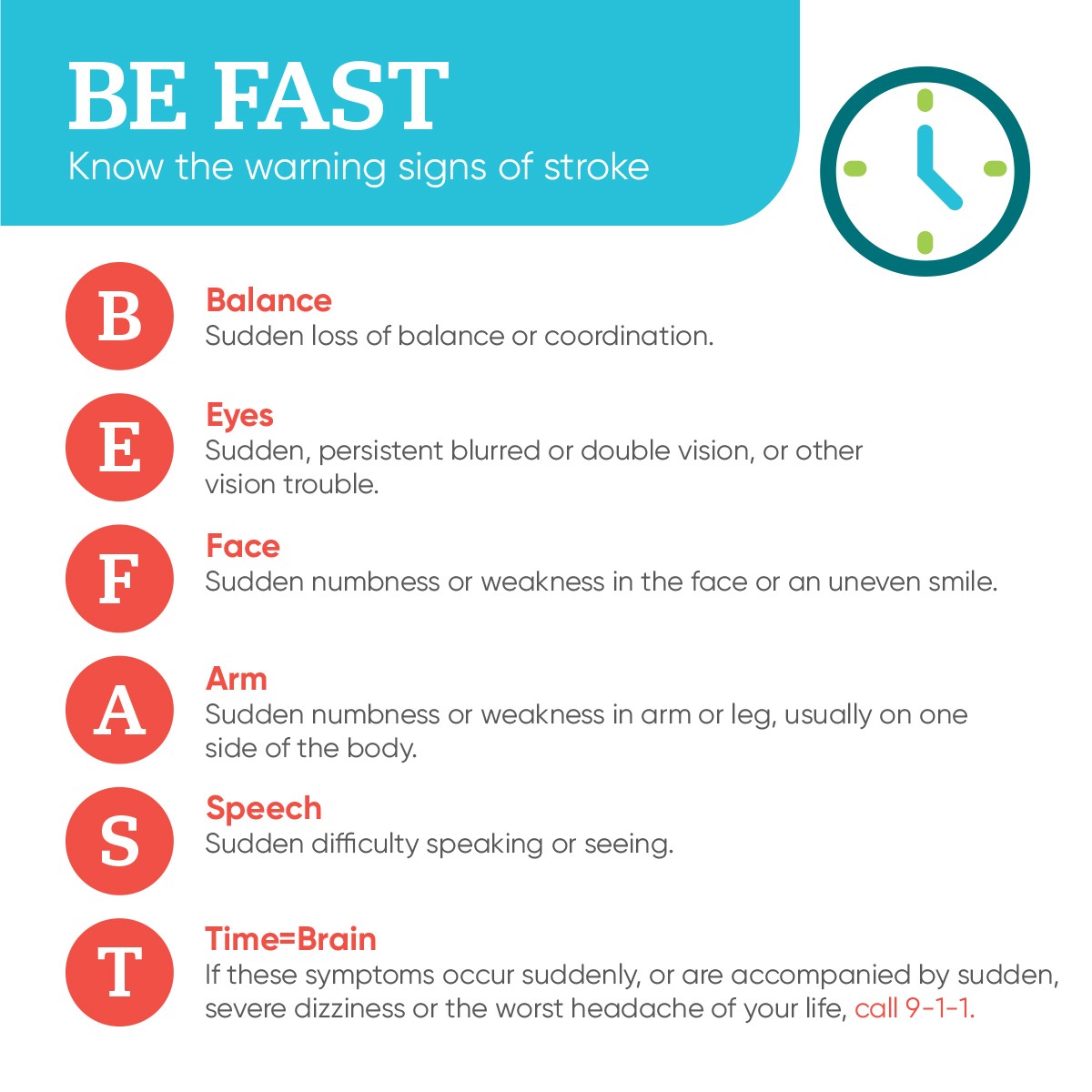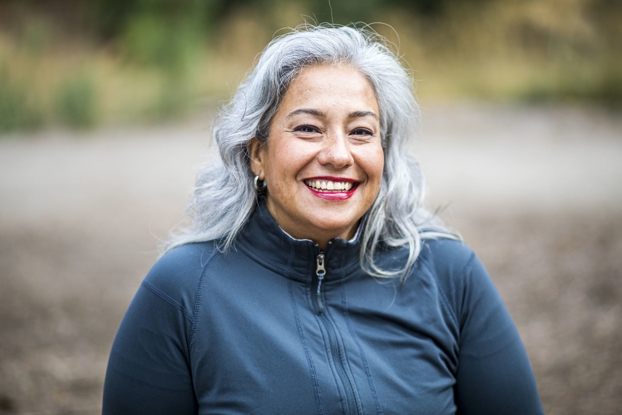We’ve got to talk about race and high blood pressure
- Category: Stroke, Heart & Vascular
- Posted On:
- Written By: Toni Rougeou, RN, Stroke Care

April is National Minority Health Month. We’re raising awareness by sharing health information with a focus on underrepresented groups. Today’s post focuses on the disproportionate risk of high blood pressure and stroke faced by African Americans—but this info is relevant to people of all races and ethnic backgrounds. By staying informed and reading up on the latest health news and research, we can all take steps to be our healthiest selves.
What is high blood pressure?
As your heart pumps, blood flows through the body. Blood pressure refers to the amount of force your blood applies on your arteries as it flows. High blood pressure (aka “hypertension”) happens when the amount of force is too high. High blood pressure develops slowly over time, and it can be pretty sneaky; the signs and symptoms are easily misunderstood, and many people don’t even realize they have it.
According to the American Heart Association and the American College of Cardiology, normal blood pressure is less than 120/80 mmHg. When blood pressure is too high, it can put people at risk of serious health issues like heart disease and stroke.
A stroke is a loss of brain function that happens when blood is cut off from the brain. Chronic high blood pressure can cause damage to vessels and arteries, which puts the body at increased risk of stroke.
MORE: The link between high blood pressure and stroke

While high blood pressure is common across the U.S. population, it impacts certain marginalized groups, including African Americans, at disproportionately high levels. In fact, African Americans are 40% more likely to have high blood pressure, putting them at increased risk of heart disease and stroke. African Americans are also at risk of developing high blood pressure earlier in life, with more severe health consequences.
Why does high blood pressure disproportionately impact Black Americans?
The science isn’t clear on this one, but experts have posed some theories.
Some research suggests that the reason why so many African Americans have high blood pressure could be connected to higher rates of diabetes and obesity. Researchers have also explored links to a unique gene that makes African Americans more sensitive to salt intake, which can influence blood pressure.
Experts have pointed to social and economic factors (including things like discrimination and economic inequality) as direct contributors to these kinds of health disparities. Many marginalized people, including African Americans, have also historically faced more challenges accessing high-quality medical care than white people. All of this may contribute to the higher rates of high blood pressure in African Americans.
Whatever the cause, the statistics underscore just how important it is to raise awareness about high blood pressure symptoms, prevention, and treatment for African Americans.
During a stroke: Every👏Second👏Counts👏
Knowing the signs and symptoms can aid with early detection and treatment, which is critical to recovery. Call 911 immediately if you notice any of the warning signs below.
MORE: Know the symptoms of a stroke
Here’s what to look out for:

Fortunately, high blood pressure is manageable
Specific lifestyle changes can go a long way towards prevention, treatment, and management of high blood pressure. Here’s what the experts recommend to lower your risk of high blood pressure and stroke:
1. Eat plenty of heart-healthy foods
A healthy body and heart starts with a healthy diet. Be sure to include plenty of fresh vegetables and fruits, fiber-rich grains, low-fat or fat free dairy, and lean proteins into your meals and snacks. Lean meats, fish, and poultry are all excellent choices, as are brown rice, whole-grain pasta, chickpeas, and beans.
 Too much salt is a big contributor to high blood pressure problems, so reach for low-sodium options instead. Limit your consumption of canned, dried, cured, packaged, and fast foods that contain a lot of salt. When you go out to eat, you can even request that your meal be prepared with no added salt.
Too much salt is a big contributor to high blood pressure problems, so reach for low-sodium options instead. Limit your consumption of canned, dried, cured, packaged, and fast foods that contain a lot of salt. When you go out to eat, you can even request that your meal be prepared with no added salt.
If eating healthy is challenging for you, consider reaching out to your doctor, or seeking the support of a nutritionist.
MORE: Eat right for heart health
2. Maintain a healthy weight for you
A healthy weight can help lower the risk of high blood pressure—but the number on the scale looks a little different for everybody. Talk to your healthcare provider about what weight range is healthiest for you.
The good news is that if you are overweight, even a small amount of weight loss (only 3-5% of your body weight) can help lower your blood pressure. Eating right and getting regular exercise can help you reach your weight and fitness goals.
3. Get moving
Staying active is essential for a healthy life, and it doesn’t have to be extreme! You can choose any form of movement or exercise that feels good and enjoyable for you. Whether it’s biking, walking your dog, dancing to your favorite tunes, gardening, or hitting up a group fitness class, any activity that gets your heart pumping regularly is great for your health.
 You can also sneak exercise into your day-to-day routine by taking the stairs instead of the elevator, parking in the spot farthest away from where you’re going, or choosing to bike instead of drive when you can. Try to aim for about 40 minutes of moderate to vigorous physical activity, 3-4 days a week.
You can also sneak exercise into your day-to-day routine by taking the stairs instead of the elevator, parking in the spot farthest away from where you’re going, or choosing to bike instead of drive when you can. Try to aim for about 40 minutes of moderate to vigorous physical activity, 3-4 days a week.
4. Care for your mental health
Caring for your mind is just as important as caring for your body, as chronic high-stress levels can cause your blood pressure to increase. Make time to care for yourself through activities and rituals that help you relax and calm down.
This looks different for everyone, so experiment to find what works for you. You may want to try meditation, prayer, breathing exercises, cuddling your pet, or just sitting quietly while listening to your favorite music. Connecting with friends and family and asking for help and support when you need it, is also important for managing mental health.
5. Limit alcohol (and don’t get us started on smoking!)
This tip is no fun, we know—but it’s really important to watch your alcohol consumption, as it can directly impact high blood pressure risk. Experts recommend that men should have no more than two drinks per day, while women should have no more than one drink per day.
It’s also essential to quit smoking if you haven’t already. Smoking is a huge risk factor for high blood pressure, heart disease, stroke, and countless other health problems. Talk to your healthcare provider ASAP if you need help quitting.
If lifestyle changes aren’t helping, your doctor may prescribe high blood pressure medication.
A few final thoughts
High blood pressure and stroke in the African American community is a big problem, and raising awareness and sharing prevention strategies is only the first step in combatting health inequity. It will also take major systematic changes, including addressing the racial-wealth gap and investing in more research to understand African American people’s unique health risks.
Regardless of race, economic status, gender, or age—we all deserve to be our healthiest selves, and that starts with knowing the facts. If you’re concerned about your risk factors for high blood pressure, start a conversation with your doctor today.
Learn more about stroke care at University Medical Center.
About Toni Rougeou

Toni Rougeou, RN, is the Stroke Program Coordinator for University Medical Center New Orleans. University Medical Center is an Advanced Primary Stroke Center with a full stroke team on call 24/7 to immediately care for patients with stroke symptoms.


